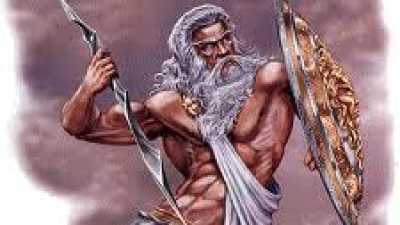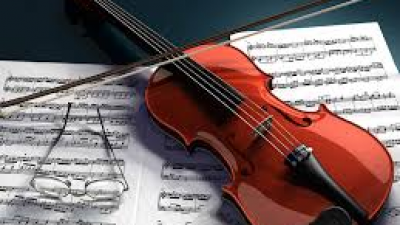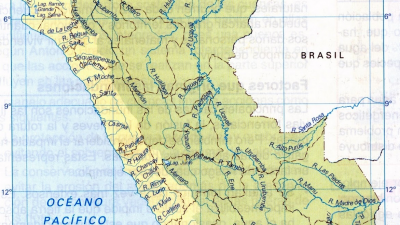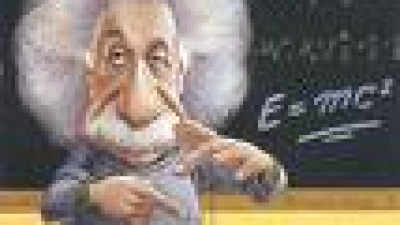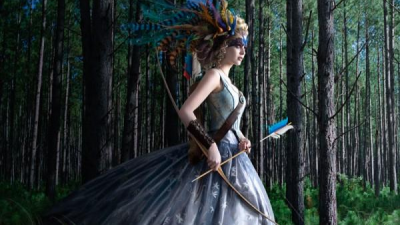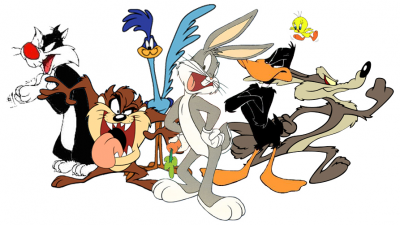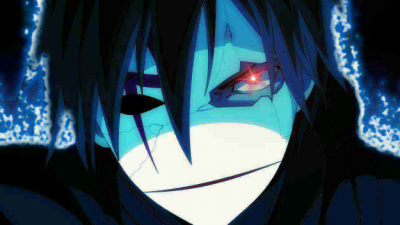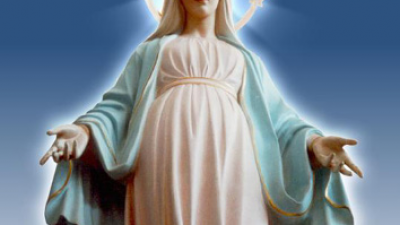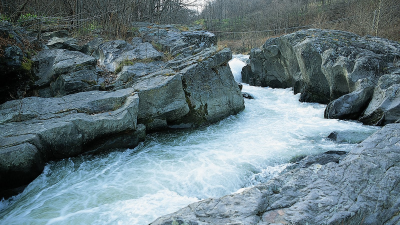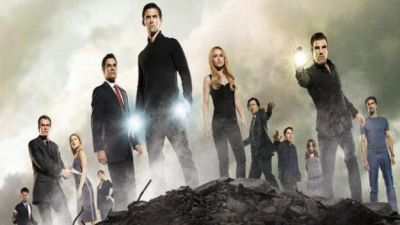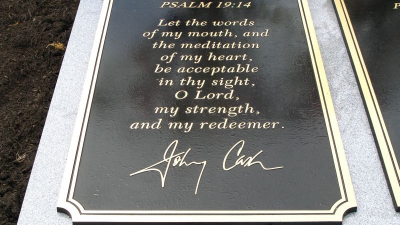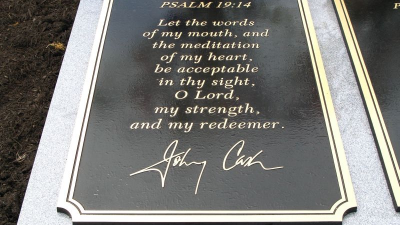The most important characters of the renaissance
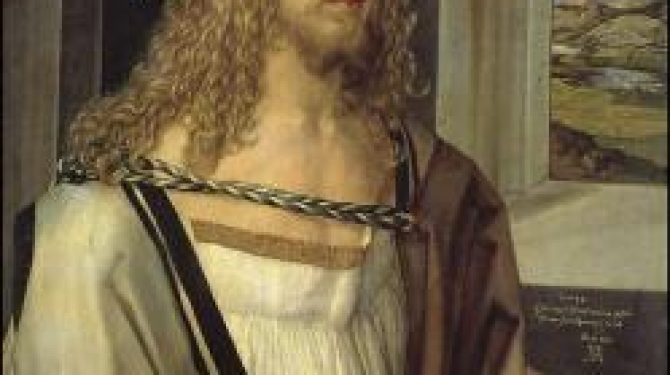
Source: listas.20minutos.es
Most of them were known artists or scientists of their time who have gone down in history for their contributions in these fields, here some key characters.
TOP 16:
John dee
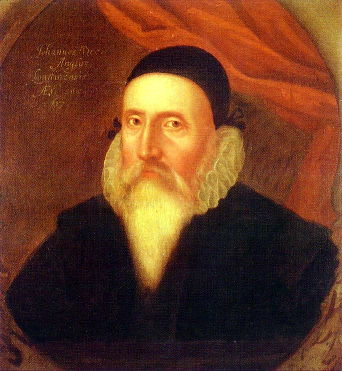
(July 13, 1527 - late 1608 or early 1609) was a notorious English mathematician, astronomer, astrologer and geographer, who was also an assistant to Queen Elizabeth I. Throughout his life he also devoted himself to the alchemy, divination and the study of hermeticism.
TOP 15:
Paracelsus
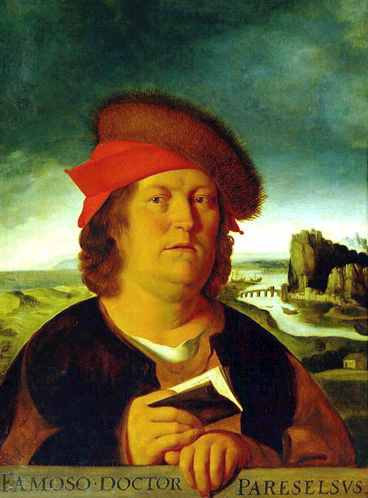
In the history of science, alchemy (from Arabic الخيمياء al-khimia) is an ancient proto-scientific practice and a philosophical discipline that combines elements of chemistry, metallurgy, physics, medicine, astrology, semiotics, mysticism , spiritualism and art. Alchemy was practiced in Mesopotamia, Ancient Egypt, Persia, India and China, in Ancient Greece and the Roman Empire, in the Islamic Empire and then in Europe until the 19th century, in a complex network of schools and philosophical systems that It covers at least 2500 years. The most important name of this period is Paracelsus (1493–1541), who gave alchemy a new form, rejecting part of the occultism that had accumulated over the years and promoting the use of observations and experiments to learn about the body human. Paracelsus rejected the Gnostic traditions but maintained much of the hermetic, Neoplatonic and Pythagorean philosophies; however, hermetic science had so much Aristotelian theory that its rejection of Gnosticism was practically insignificant. In particular, he rejected the magical theories of Flamel and Agrippa. Paracelsus did not see himself as a magician and disdained those who did (Williams p.239-45).
TOP 14:
The Borgias
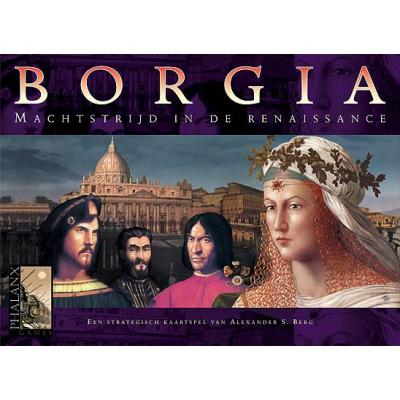
César Borgia (originally named Cèsar Borja, Italianized his last name - in Italian, Cesare Borgia) was Duke, prince, count, condottiero, gonfaloniere, bishop of Pamplona, with 16 years, archbishop of Valencia, with 19 years, general captain of the army of the Vatican and cardinal with almost 20 years of age, during the Renaissance. Investigated also as Duke in France with about 23 years of age, this Hispanic-Italian, belonging to the family of the Borgia, had been born in Rome on September 13, 1475, and was killed in battle in Viana, Navarra, on 12 March 1507, at 31 years of age. Lucrecia Borgia (in Valencian Lucrècia Borja, in Latin Lucretia Borgia, in Italian Lucrezia Borgia) (April 18, 1480 - June 24, 1519) was the daughter of Rodrigo Borgia, the powerful Valencian Renaissance who would later become the Pope Alexander VI, and Vannozza Cattanei. One of his brothers was the notorious despot César Borgia. Later, Lucrecia's family represented, as none, the unpopular policies of Machiavellianism and sexual corruption commonly associated with Renaissance gills. Juan Borgia (born Giovanni de Candia Borgia in Rome in 1474-assassinated in Rome on June 14, 1497), second Duke of Gandía (the hometown of the family, a title created in the Crown of Aragon under pressure from Rodrigo Borgia, future Pope Alexander VI and Juan's father) was the brother of the famous César Borgia. Juan, son of Pope Alexander VI and Vannozza Cattanei, was born in Rome in 1474. He married María Enriquez de Luna, widow of his older brother. He was appointed 2nd Duke of Gandía, Duke of Sessa and Governor of Dan Peters. He was killed the night of June 14, 1497 and his body, with 30 gold ducats untouched in the bag of his belt, thrown into the Tiber, to the immense misfortune of the Pope. This episode originated Jacobo Sannazzaro's cruel epigram about the Pope as a "fisher of men." His few servants were also killed, so there were no witnesses
TOP 13:
Benito Arias Montano
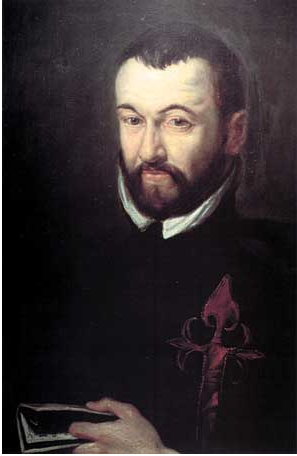
.. (Fregenal de la Sierra, Badajoz 1527 - † Sevilla, 1598) was a humanist, hebraist, biologist and Spanish polyglot writer.
TOP 12:
Francisco Bacon
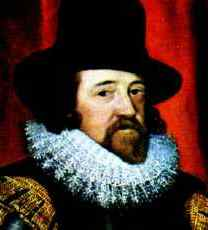
(n. January 22, 1561 - M. April 9, 1626), also known as Baron de Verulam, Viscount of St. Alban, Chancellor of England and famous philosopher.
TOP 11:
Giovanni Boccaccio
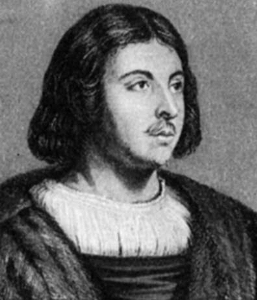
Italian, although born in Paris, lives in Naples since his youth. It is his love for the princess of this city, Maria, the source of inspiration for his poems. Biographer of another great author, Dante, his masterpiece, the "Decameron", is a set of erotic-humorous tales of a very explicit cut. He also wrote the "Genealogy of the Gods." Thanks to his contributions he is one of the precursors of Humanism.
TOP 10:
Albrecht Dürer
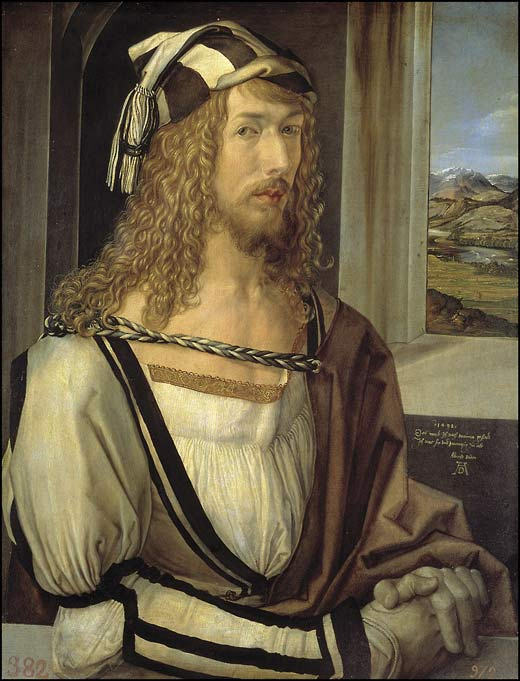
(in German Albrecht Dürer) (Nuremberg; May 21, 1471 - Nuremberg; April 6, 1528) is the most famous artist of the German Renaissance, known worldwide for his paintings, drawings, prints and theoretical writings on art, who exerted a profound influence on the artists of the 16th century from their own country and from the Netherlands.
TOP 9:
Botticelli
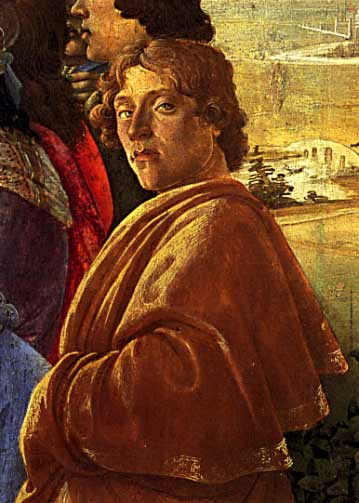
..Alessandro di Mariano di Vanni Filipepi (Florence, March 1, 1445 - Idem, May 17, 1510), nicknamed Sandro Botticelli, was an Italian painter of the Florence school during the Renaissance, in the second half of the Quattrocento. Less than a hundred years later, this movement, under the patronage of Lorenzo de Médicis, was considered by Giorgio Vasari as a "golden age", a thought that conveniently headed his Vita de Botticelli. His posthumous reputation declined, being recovered in the late nineteenth century; since then, his work has been considered representative of the linear grace of the painting of the first Renaissance, and The Birth of Venus and Spring are, currently, two of the best known Florentine masterpieces.
TOP 8:
Johannes Gutenberg
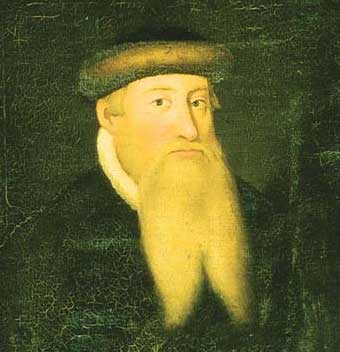
Johannes Gutenberg (circa 1398 - February 3, 1468) was a German blacksmith inventor of the mobile printing press in Europe (circa 1450). His best work was the Gutenberg Bible. Johannes Gensfleisch zur Laden zum Gutenberg (also known as John Gutenberg) was born in Mainz, Germany, between 1398 and 1400. His real last name is Gensfleisch. Son of the merchant Friele Gensfleisch zu Laden, who would later adopt the surname zum Gutenberg (since Gensfleisch means "Goose Meat" and that entailed teasing in his surroundings); and of Else Wyrich, daughter of a shopkeeper. Connoisseur of the art of gold smelting, he stood out as a blacksmith for the bishopric of his city. The family moved to Alta Villa, now in the state of Hesse, where Else had inherited a farm. He must have studied at the University of Erfurt, where the name of Johannes de Alta Villa is registered in 1419. His father died that year. Nothing else is known about Gutenberg until in 1434 he lived as a silversmith in Strasbourg, where five years later he was involved in a process, which undoubtedly demonstrates that Gutenberg had formed a partnership with Hanz Riffe, to develop certain secret procedures. In 1438, Andrés Heilman and Adreas Dritzehen (as heirs were the claimants) entered as associates, and the terms of: press, forms and printing are mentioned in the judicial file. On his return to Mainz he formed a new partnership with the Jewish banker Juan Fust, who gives him a loan and with which, in 1449, he published the "Missal of Constance", the world's first typographic book. In 1452, Gutenberg begins the 42-line edition of the Bible (also known as the Gutenberg Bible). In 1455, Gutenberg lacked financial solvency to repay the loan that Fust had given him, so the union was dissolved and Gutenberg found himself in hardship (he even had to spread the secret of printing printers in order to survive). For their part, the banker partnered with Peter Schöffer and published in Mainz, 1456, the Gutenberg Bible. The following year they published The Psalmorum Codex or Psalmorum. On February 3, 1468, a ruined Johannes Gutenberg dies. Despite the darkness of his last years of life, he will always be recognized as the inventor of the modern printing press.
TOP 7:
Dante
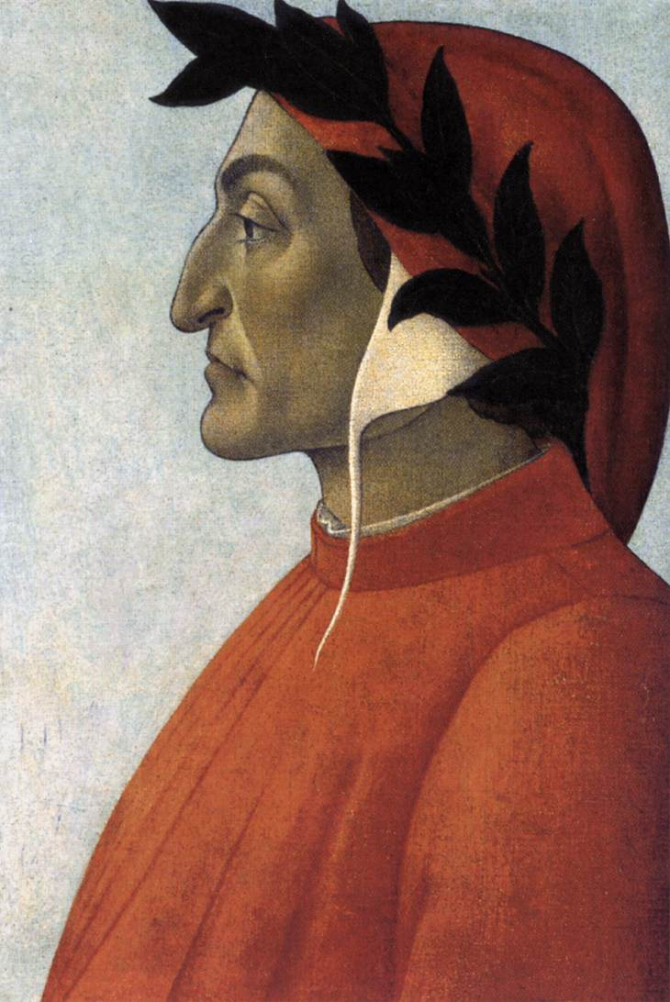
Dante Alighieri (Florence, between May 21 and June 21, 1265 - Ravenna, September 14, 1321) was an Italian poet. His masterpiece, The Divine Comedy, became the basis of modern thought and culminated in the affirmation of the medieval way of understanding the world. It is considered the greatest literary work composed in Italian and a masterpiece of universal literature. In Italian it is known as "the Supreme Poet" (il Sommo Poeta). Dante is also called the "Father of the Italian language". His first biography was written by Giovanni Boccaccio (1313-1375), who wrote to Trattatello in laude di Dante. He actively participated in the political struggles of his time, for which he was banished from his hometown. He was an active defender of Italian unity. He wrote several Latin-American treatises on literature, politics and philosophy. To his pen is the treaty of Monarchia in 1310, in Latin which constitutes a detailed exposition of his political ideas, among which are the need for the existence of a Holy Roman Empire and the separation of the Church and the State. He fought against the Gibelinos of Arezzo. The exact date of Dante's birth is unknown, although it is generally believed to be around 1265. This can be deduced from the autobiographical allusions reflected in La Vita Nuova.
TOP 6:
Nicolas Flamel
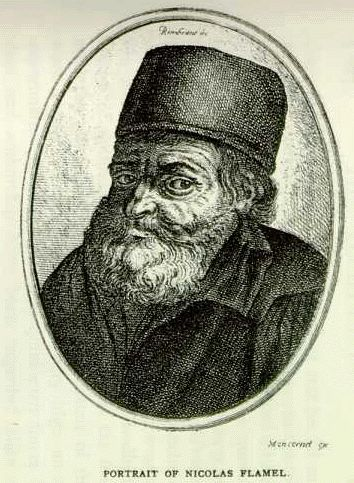
Nicolas or Nicholas Flamel (Pontoise, ca. 1330 - Paris, ca. 1413) was a French scribe; Although undoubtedly a historical character, his real life is extraordinarily exaggerated in the legends, which are reputed as an alchemist of sufficient ability to execute the two most complex works of alchemical art: the transmutation of metals into gold thanks to the elaboration of the stone philosophical, and immortality.
TOP 5:
Nostradamus
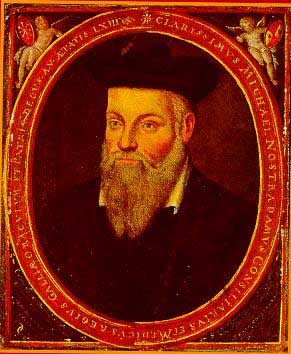
Nostradamus (December 14, 1503 - July 2, 1566), - whose real name is Michel de Nôtre-Dame or Miquèl de Nostradama in Occitan -, was a doctor and Provencal astrological consultant of Jewish origin, considered one of the most renowned authors of prophecies and future events. His prophetic work The true astrological centuries and prophecies, was published for the first time in the year of 1555. Since the publication of the book, many people have been attracted by its mysterious verses (commonly written in pages). Most of his followers categorically affirm that Nostradamus predicted all the catastrophes of the world, from his time until the future year 3797, when he supposed the end of the world will happen. He also collaborated with the French aristocracy, preparing horoscopes for Queen Catherine of Medici, predicting the surprising death of King Henry II and finally, being assigned as a doctor of the royal court by Charles IX.
TOP 4:
Miguel de Cervantes Saavedra
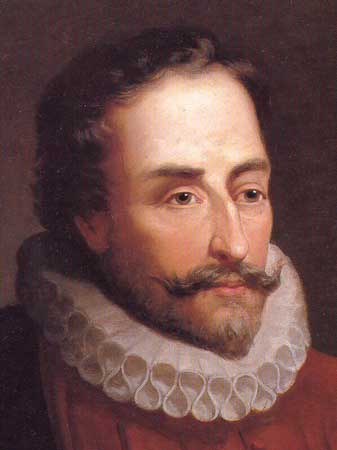
Miguel de Cervantes Saavedra was a Spanish novelist, poet and playwright. Suppose he was born on September 29, 1547 in Alcalá de Henares and died on April 22, 1616 in Madrid, but was buried on April 23 and this date is popularly known as his death. He is considered the greatest figure of Spanish literature. It is universally known, especially for having written The Ingenious Gentleman Don Quijote de la Mancha, which many critics have described as the first modern novel and one of the best works of universal literature. He has been given the nickname Prince of the Wits. Cervantes is extremely original. Parodying a genre that began to periclitate, like that of the cavalry books, he created another extremely lively genre, the polyphonic novel, where worldviews and points of view overlap until they confuse complexity with the same reality, even resorting to metafictional games . At the time the epic could also be written in prose, and with the precedent in the theater of little respect for the classic models of Lope de Vega, it was up to him to sum up the formula of realism in the narrative as it had been previously announced in Spain for a whole literary tradition since the Cantar del Mío Cid, offering it to Europe, where Cervantes had more disciples than in Spain. The entire realistic novel of the nineteenth century is marked by this teaching. On the other hand, another great masterpiece of Cervantes, the exemplary Novels, demonstrates the breadth of his spirit and his desire to experiment with narrative structures. In this collection of novels the author experiments with the Byzantine novel (The English Spanish), the police or criminal novel (The force of the blood, The jealous Extremaduran), the Lucian dialogue (The colloquium of dogs), the miscellaneous sentences and donaires (Mr. Vidriera), the picaresque novel (Rinconete and Cortadillo), the narrative constituted on an anagnórisis (La gitanilla), etc.
TOP 3:
Galileo Galilei
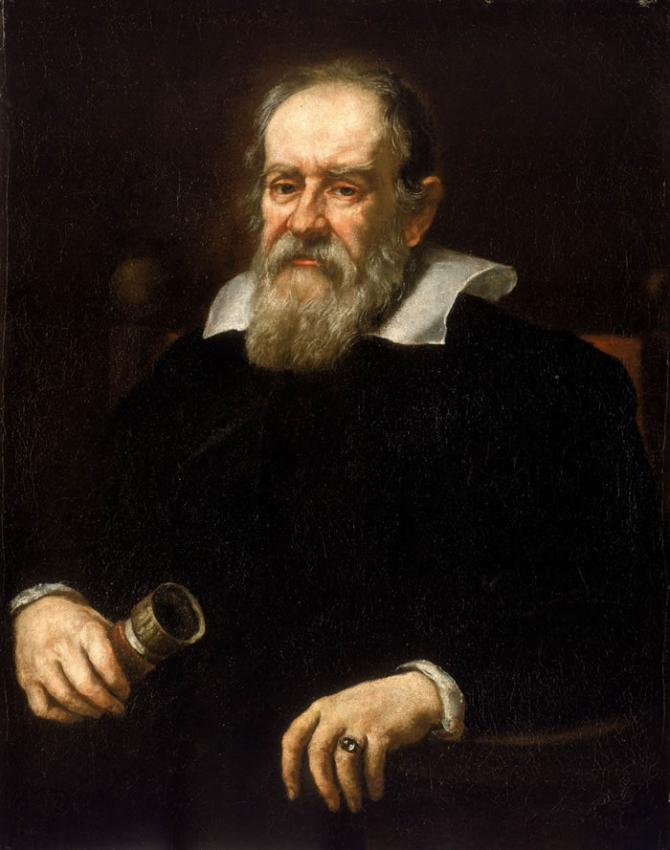
(Pisa, February 15, 1564 - Florence, January 8, 1642), was an astronomer, philosopher, mathematician and physicist who was closely related to the scientific revolution. Eminent Renaissance man, he showed interest in almost all sciences and arts (music, literature, painting). His achievements include the improvement of the telescope, a great variety of astronomical observations, the first law of the movement and a decisive support for Copernicanism. He has been considered the "father of modern astronomy," the "father of modern physics" and the "father of science." His experimental work is considered complementary to the writings of Francis Bacon in establishing the modern scientific method and his scientific career is complementary to that of Johannes Kepler. His work is considered a rupture of the settled Aristotelian ideas and his confrontation with the Roman Catholic Church is usually taken as the best example of conflict between authority and freedom of thought in Western society.
TOP 2:
Shakespeare
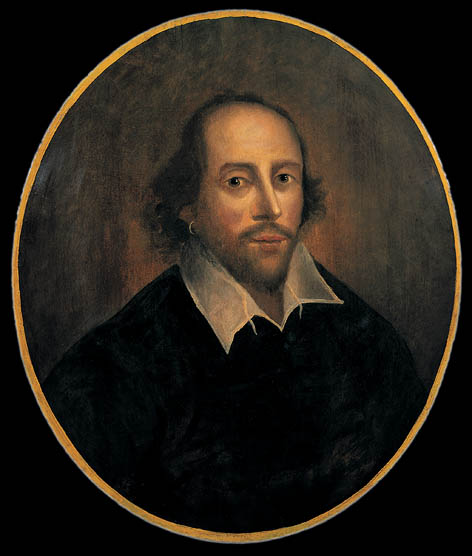
William Shakespeare (Stratford-upon-Avon, c. April 26, 1564Jul. - Stratford-upon-Avon, April 23 (Jul.) / May 3, 1616 (Greg.)) Was an English playwright, poet and actor . Known on occasion as the Bard of Avon (or simply The Bard), Shakespeare is considered the most important writer in the English language and one of the most famous of universal literature.
TOP 1:
Leonardo da Vinci
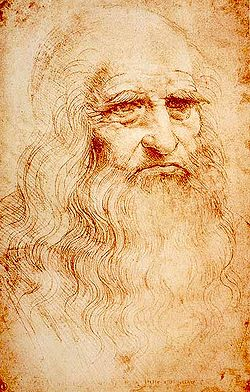
Leonardo di Ser Piero da Vinci (Anchiano, Italy, April 15, 1452 - Castle of Clos-Lucé, France, May 2, 1519) was an architect, sculptor, painter, inventor, musician, engineer and Renaissance man by excellence. Frontline humanist, he is widely regarded as one of the greatest painters of all time and perhaps the person with the most varied talents in history
More lists

